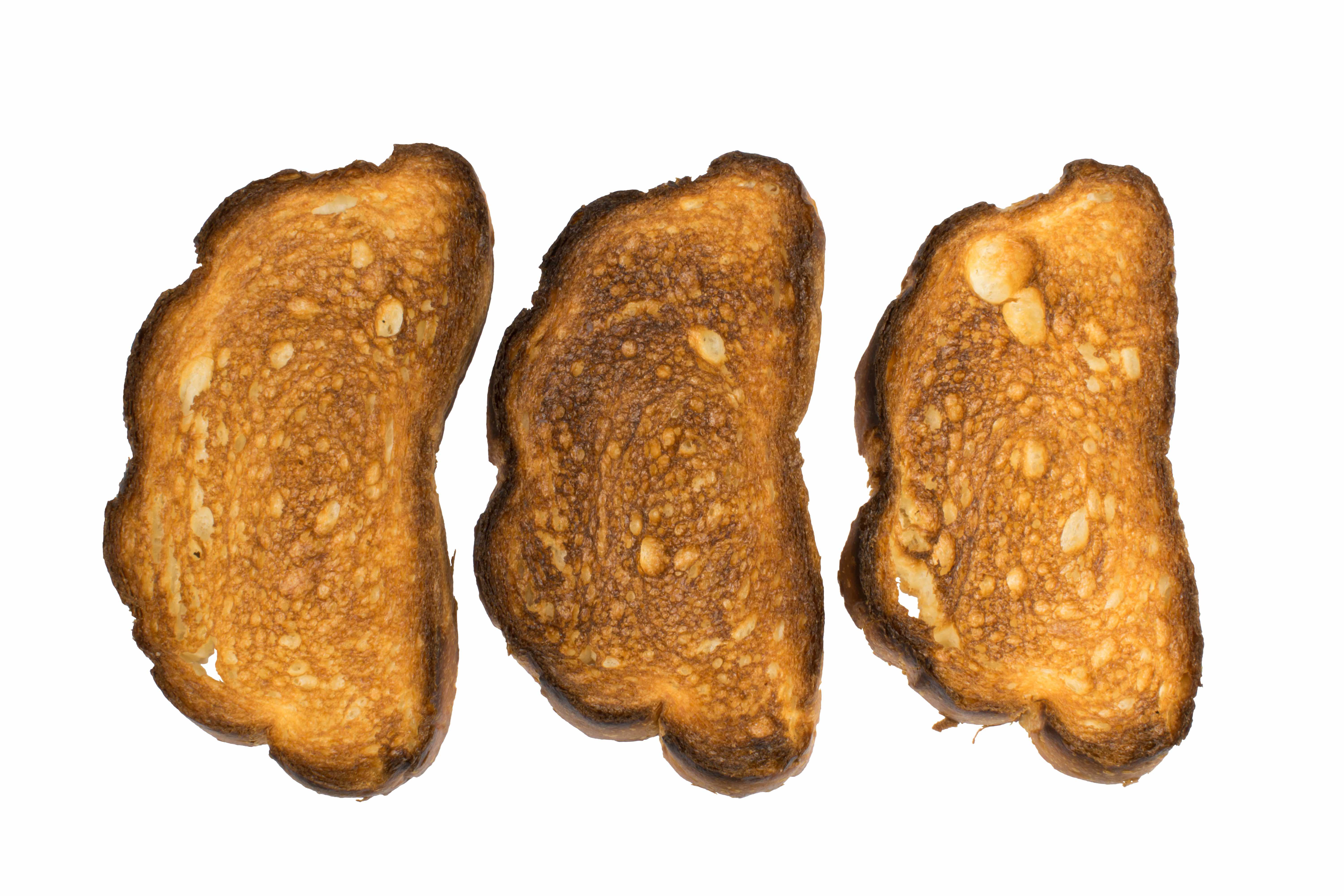
Two researchers from RHMT recently attended the Chemical Reactions in Food V conference in Prague www.rhmtech.co.uk/pdf/finprog.pdf where they were showcasing RHMT’s latest advances in contaminant research.
For acrylamide, a new rapid and sensitive method has been developed and validated for cereal products www.rhmtech.co.uk/pdf/D18-Hamlet.pdf and www.rhmtech.co.uk/pdf/D18-HamletP.pdf. A kinetic study showed that a quantitative bromination of acrylamide in cereal extracts could be achieved within 25 min at room temperature. By using GC/MS/MS an increase in signal to noise of between 70 to 100 could be achieved for samples with minimal clean up compared to conventional selected ion monitoring. Results obtained from the analysis of a FAPAS cereal test material showed good agreement with the assigned value.
In the case of monochloropropanediols (MCPDs), our work has shown that while the yeast used in baking naturally generates glycerol (which is a known MCPD precursor), high levels of yeast actually inhibit MCPD formation www.rhmtech.co.uk/pdf/D9-Hamlet.pdf and www.rhmtech.co.uk/pdf/D9-HamletP.pdf. Bound MCPD in the form of MCPD-esters have also been found in bakery products www.rhmtech.co.uk/pdf/D10-Hamlet.pdf and www.rhmtech.co.uk/pdf/ten-p.pdf, and methods have now been developed which can determine these compounds, so that food manufacturers can check if their products are at risk.
